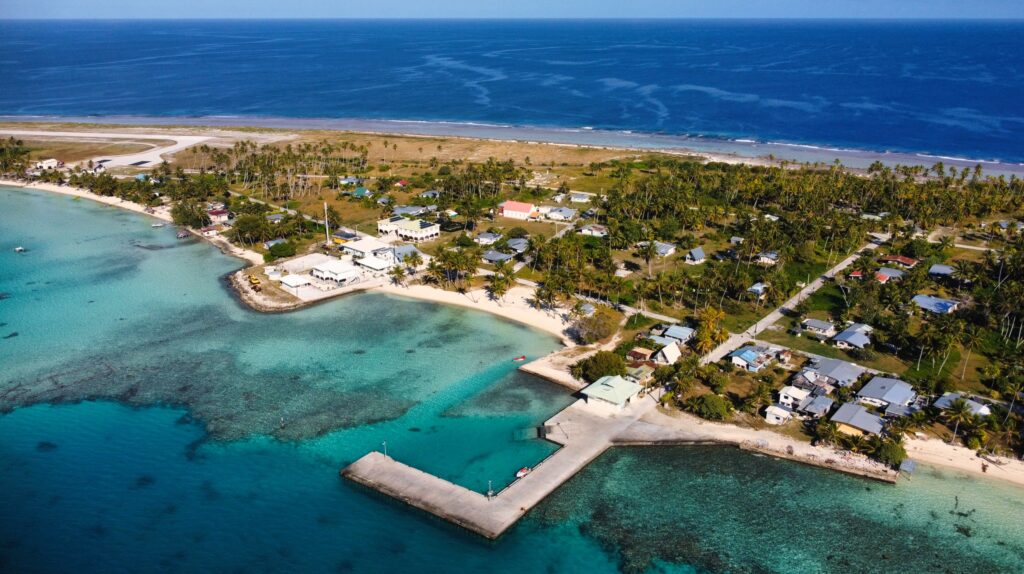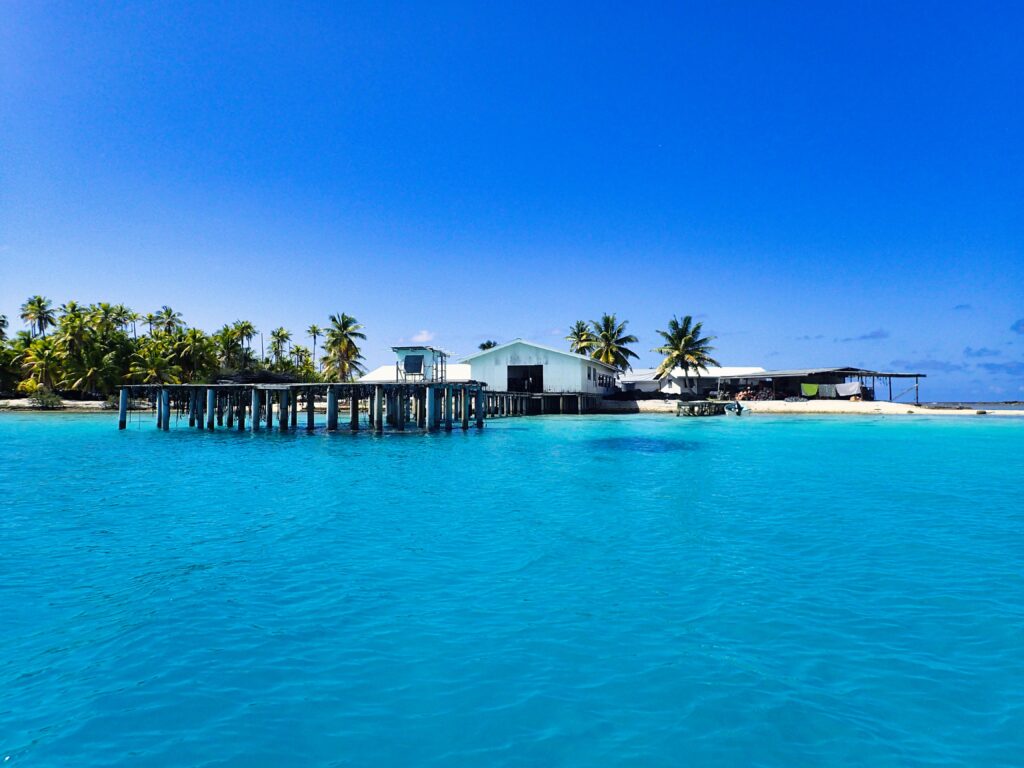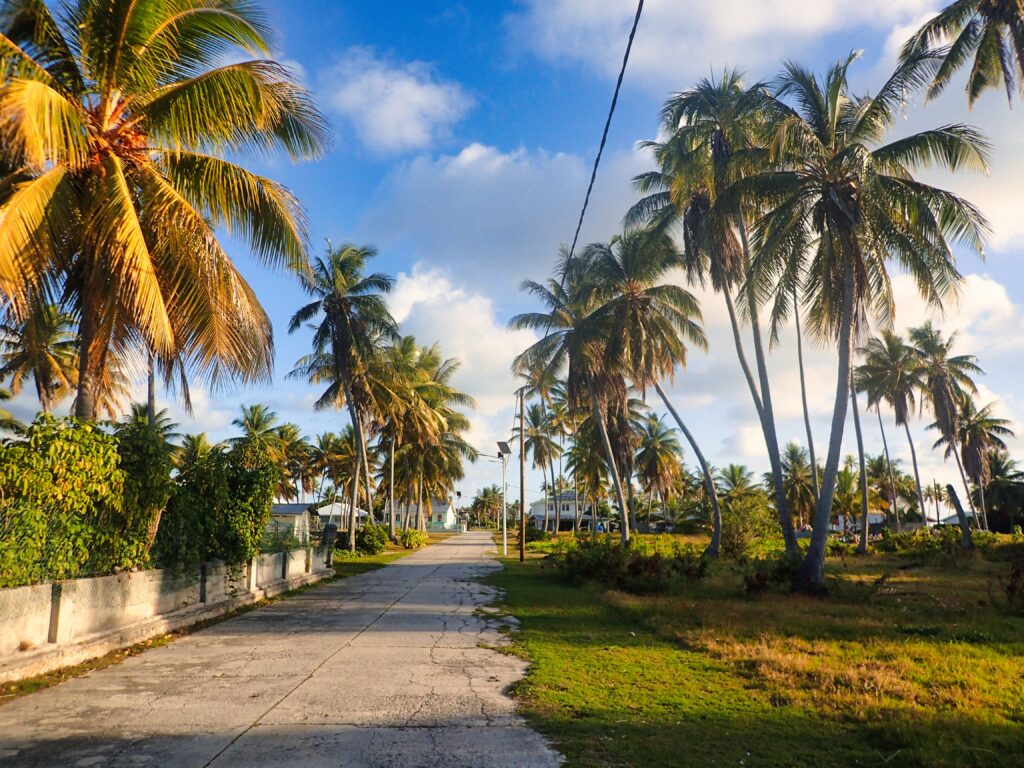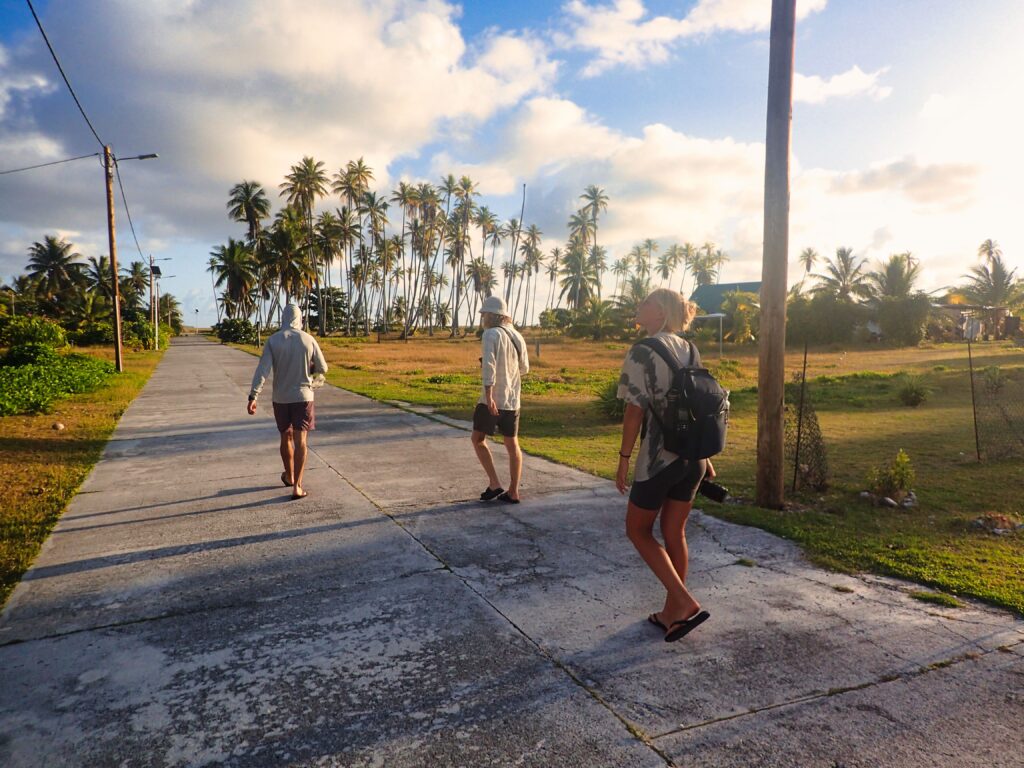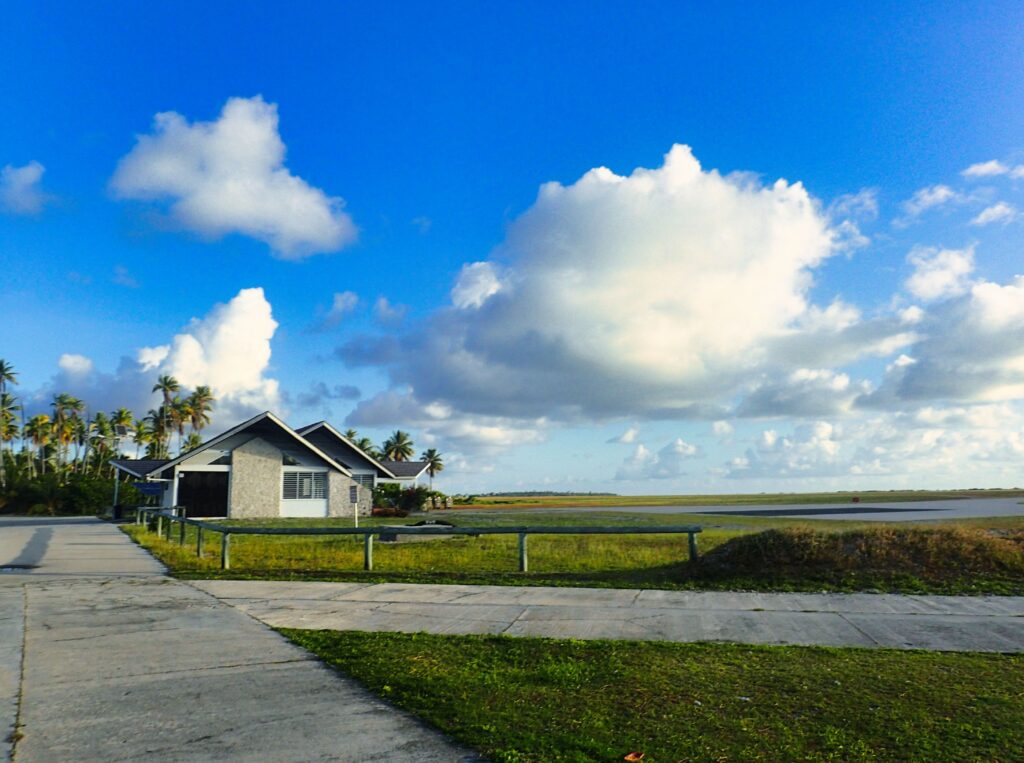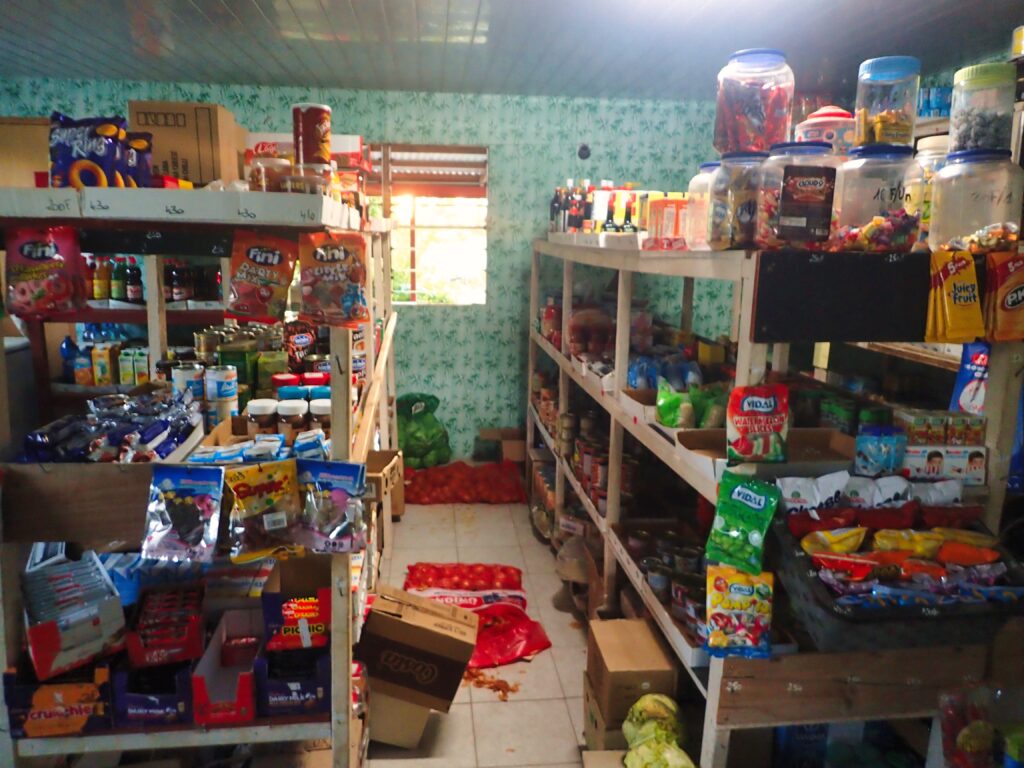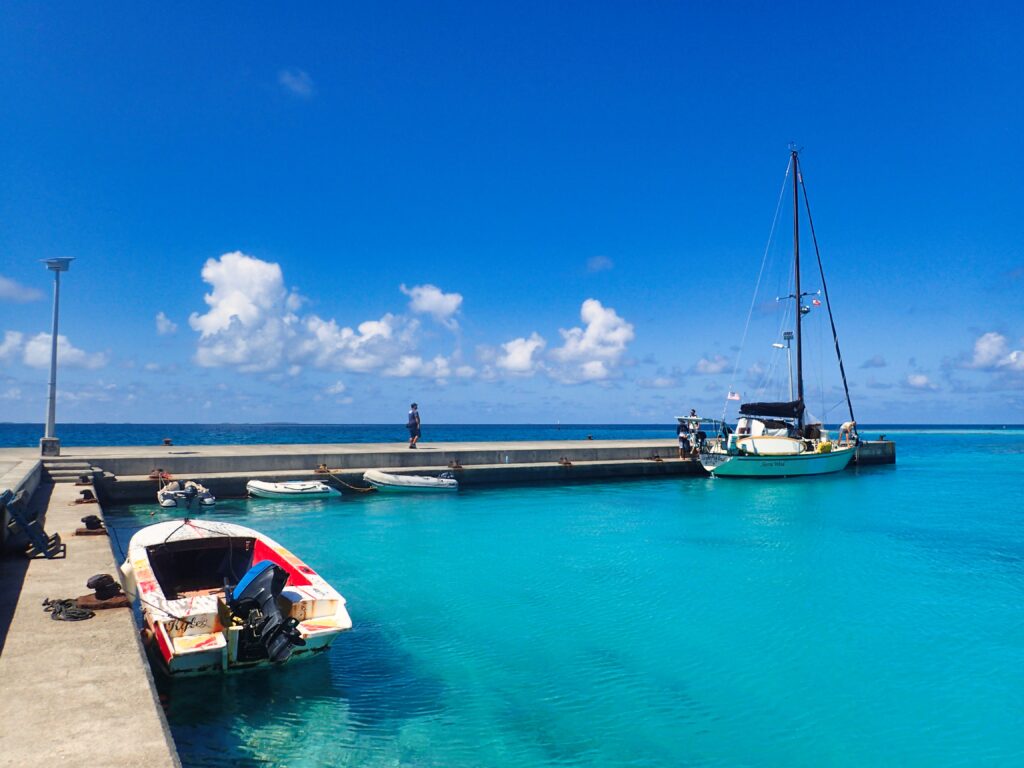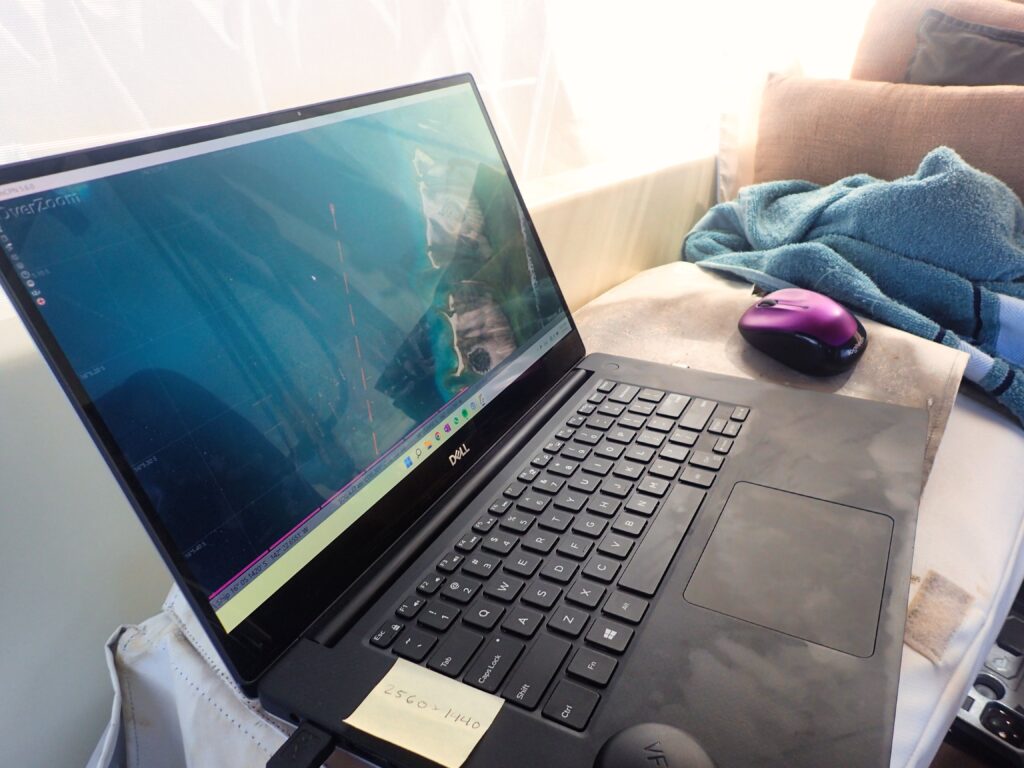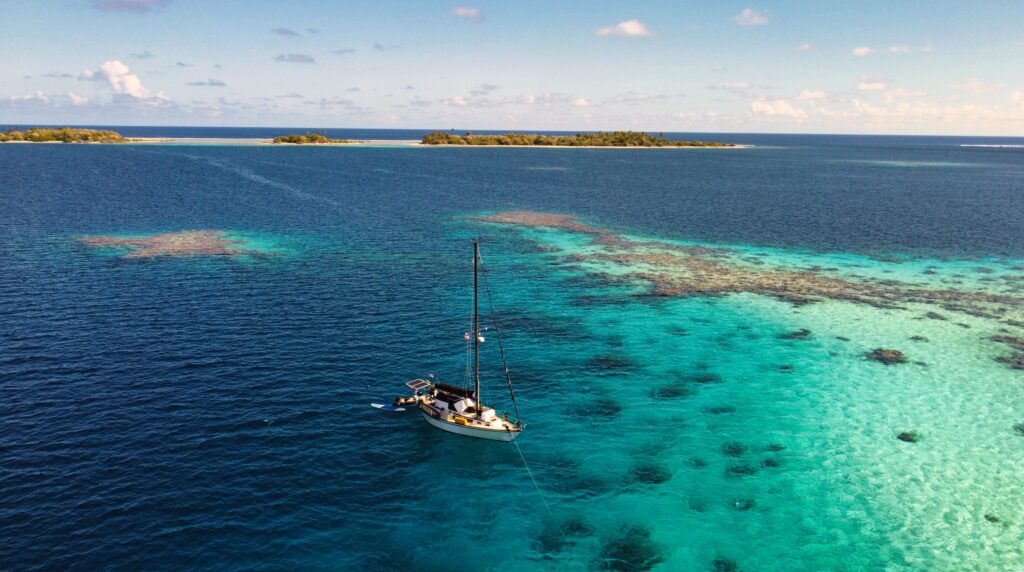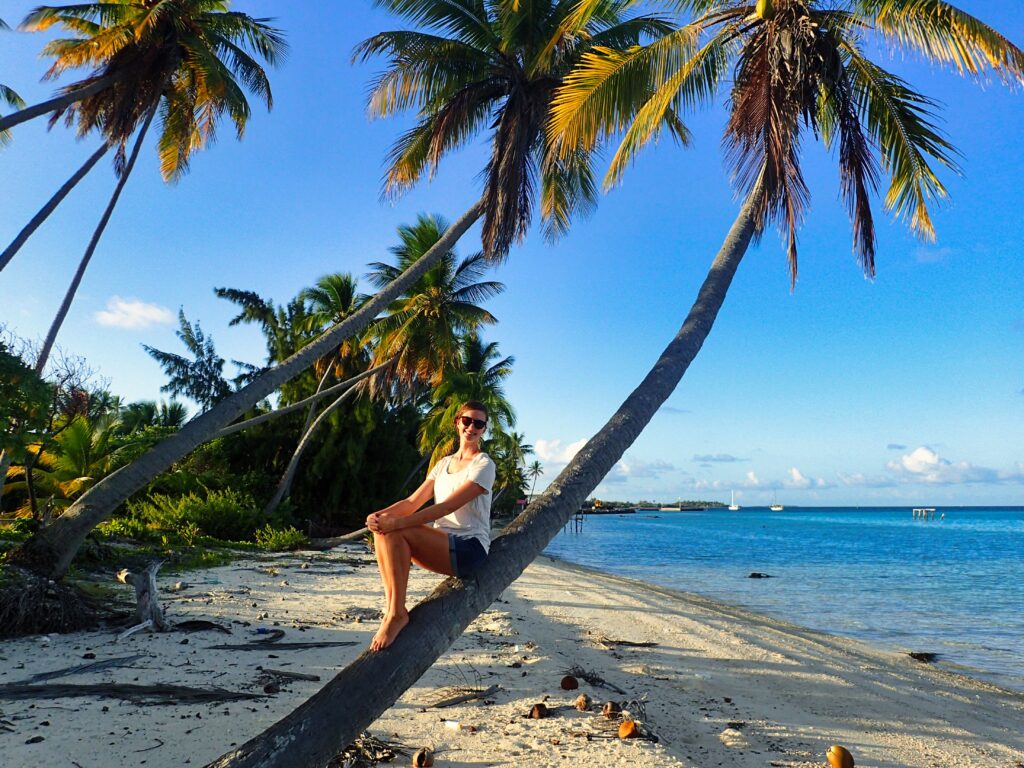After our first couple of days in paradise at Raroia, I began feeling overwhelmed with how to capture my time here. This place was so beautiful. How could I do it any justice? I became increasingly frustrated when I compared my pictures to those our crew member, Simone, would post from the same locations. We were in the exact same places at the exact same times, so why did my pictures pale in comparison? I struggled to really capture the beauty and essence of the scenery and experiences and realized I hardly taken any pictures of Eitan, Simone, and Martin, let alone myself!
I felt torn between the philosophical differences between Simone’s and Eitan’s interpretation of how you should savor the moment, while at the same time capturing these incredible experiences. Simone spends hours a day taking and editing pictures and videos, but as a result, has so many beautiful photographs and memories captured. On the other hand, Eitan believes that fully enjoying and living in the moment is most important and that being preoccupied by taking too many pictures can diminish how you absorb the beauty of what is in front of you now. I also began to think about the kinds of photos I would want from this trip when it’s over to let me relive what I am feeling now. What would it say about me if all I had was great photos of myself in beautiful places living a seemingly idyllic life? Wouldn’t it be better to have more pictures of the other people and specific memories to look back on even if my “followers” may not find it interesting? Although the answer seems obvious, we also live in a world of social media and I continue to struggle with these questions. For now, I decided to do my best to improve my photography skills the best I can within the limits of my current resources.
We spent a couple of nights on the far side of the Raroia atoll before heading back towards the pass and anchoring near town. We didn’t need to go into town for any provisioning or supplies but were quite curious of what a town in a place like this would be like. Given the width of the land, there is one main street and we walked it end to end, passing through the neighborhood and leading us to the tiny airport that only receives one flight a week. We wandered around for about 30 minutes until we had seen most of the town and headed back to the boat. I couldn’t imagine growing up in such a small place.
The next day, Eitan had a crazy idea of tying SV Sierra Wind up to the town dock. When we were in town the day before, we asked the local police officer if we could tie up the boat to the dock and, surprisingly, he said yes. Eitan asked me to go inspect the area leading up to the dock and I was sure it was too shallow until I jumped in the water with my snorkel and could see it was a little deeper than it appeared from the surface, but still quite shallow. With the help of the other crew, Eitan maneuvered the boat onto the dock and we tied up for about 10 minutes before the police officer came by to tell us we could not tie up there and said he had misunderstood what we asked him the previous day.
The police allowed us to stay tied up for about 30 minutes while I went with Martin and Simone to find some pearls. Pearl farming is one of the primary industries and exports for this part of the world and you can see the farms in the water with strings of buoys at the surface. We asked around and found one woman willing to trade some pearls for a couple of fishing lures. She said the pearls weren’t Grade A but I was surprised to see they were all a bit deformed. There were different shapes and sizes, some looked more like an hourglass or teardrop and others like multiple pearls that had grown together. Each was uniquely beautiful but it was obvious that she clearly couldn’t sell these and was getting the better end of the bargain. As we walked back to the boat, we were approached by a handful of other people who had heard we were looking for pearls. Even the police officer asked if we’d like to buy some! It seemed everyone had pearls to sell but unfortunately for them, we had already purchased our fill.
We pulled off the dock and motored for about 45 minutes and found a place to drop anchor on a sandy bottom near the pass. Normally, we wouldn’t anchor in such a place because there are so many coral obstructions but it was forecasted to stay calm and we really wanted to snorkel the pass. Since the passes into the atolls have so much current running in and out of them, it creates a lot of healthy coral and reef associated marine life, with all the flowing exchange of ocean water delivering nutrients to the ecosystem. We carefully put down three anchors to make sure we were safely secured to the sandy bottom and not on any coral bommies, then hopped in the dinghy.
Ideally, you would want to snorkel the pass on an incoming tide (to avoid getting sucked out to sea) and we did our best to time the snorkeling expeditions accordingly. Unfortunately, when we got to the pass the tide was still going out, but we didn’t let that stop us and hopped in the water with the dinghy in tow, letting the current take us along. From the surface, the pass appeared to be about 1,500 feet wide but below the surface the shallow reef extended for most of the width, making the actual safe passable channel only about 500 feet wide. Below us was a seemingly endless landscape of coral, with its own peaks, valleys, drop-offs, and troughs. By the time we could take in this new underwater landscape, the current had already pulled us all the way out and we rushed to hop back in the dinghy before hitting the rapids that form from the current hitting the outside swell.
We did three or four rounds through the pass, each time amazed at the marine life. There were dozens of sharks and we even saw a few white tip reef sharks, a kind we hadn’t seen before. We did our best to swim into the current to prolong the trip through the pass, but we finally grew tired and eventually gave into the current, enjoying the high-speed snorkeling. Feeling the current picking up, we did one last pass and headed back to the boat.
The next day it was time to leave Raroia and explore a new atoll. With only a 3-month visa, we had about 4 to 6 weeks to spend in the Tuamotus and didn’t have much time to stay in one place. When we went to pull up the three anchors, we found that all three were stuck. Since Eitan needed to drive the boat, Martin had an ear infection, and Simone couldn’t free dive past 20 feet, I became the go-to person for having to dislodge the anchors, which I ended up doing about 80% of the time that we anchored over the coming weeks. About 30 minutes later, the anchors were free and we were on our way to the next atoll!

